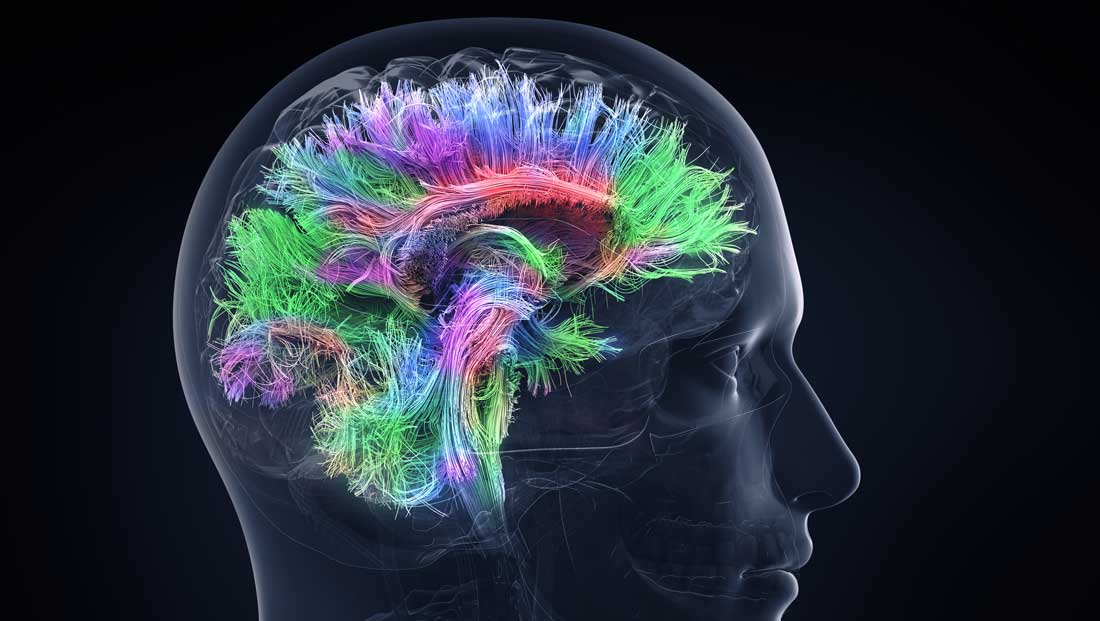Have you ever stopped to wonder about the intricate workings of the human brain? This extraordinary organ is responsible for our thoughts, emotions, memories, and so much more. In this article, we will embark on a journey to unravel the mysteries and complexities of the brain. So, fasten your seatbelts and get ready to dive deep into the fascinating world of neuroscience.
The Brain: A Marvel of Complexity
The brain is a remarkable masterpiece of nature. With its intricate network of billions of neurons, it is the command center of the human body. It controls our every move, decision, and sensation. Think of it as the CEO of our existence, tirelessly working to keep us alive and functioning.
H2: Neurons: The Building Blocks of the Brain
At the core of the brain’s complexity are its individual units called neurons. These tiny cells communicate with each other through electrical and chemical signals. They form an interconnected web, creating neural pathways that allow information to flow throughout the brain.
The Synapse: Where Neurons Meet
The meeting point of two neurons is known as a synapse. It is here that the magic happens. When an electrical signal reaches the end of one neuron, it triggers the release of chemical messengers called neurotransmitters. These neurotransmitters then cross the synapse and bind to receptors on the neighboring neuron, transmitting the signal forward.
Grey Matter vs. White Matter
The brain consists of two types of tissue: grey matter and white matter. Grey matter, found on the outer layer of the brain, contains the cell bodies of neurons. It is responsible for processing information and controlling our senses, emotions, and memory. On the other hand, white matter lies beneath the grey matter and is composed of myelinated nerve fibers. It acts as the communication network, allowing different regions of the brain to connect and exchange information.
Lobes: The Brain’s Divisions
The brain is divided into four major lobes: the frontal lobe, parietal lobe, temporal lobe, and occipital lobe. Each lobe has its unique functions and plays a crucial role in our daily lives.
Frontal Lobe: The CEO of the Brain
Situated at the front of the brain, the frontal lobe is responsible for our executive functions, such as decision-making, problem-solving, and planning. It also controls our personality and houses the motor cortex, which governs voluntary movements.
Parietal Lobe: The Sensory Processor
The parietal lobe is located near the top and back of the brain. It processes sensory information from our body, allowing us to perceive touch, pressure, temperature, and spatial awareness. It also plays a role in attention and language comprehension.
Temporal Lobe: The Memory Bank
The temporal lobe, located on the sides of the brain, is crucial for memory formation, language comprehension, and hearing. It houses the auditory cortex, which enables us to perceive and interpret sounds.
Occipital Lobe: The Visual Interpreter
At the back of the brain lies the occipital lobe, responsible for processing visual information. It contains the visual cortex, allowing us to see and make sense of the world around us. Without this lobe, colors, shapes, and faces would be a mystery to us.
The Left Brain vs. the Right Brain
You may have heard of the concept of the left brain and the right brain. While it’s true that different brain regions have specialized functions, the notion of being “left-brained” or “right-brained” is an oversimplification. In reality, both hemispheres work together in harmony, integrating various cognitive processes.
Left Brain: The Analytical Thinker
The left hemisphere of the brain is often associated with logical thinking, language, and analytical skills. It helps us solve problems, perform calculations, and engage in critical thinking.
Right Brain: The Creative Spirit
The right hemisphere of the brain is known for its involvement in creativity, intuition, and artistic abilities. It enables us to think in a holistic manner, recognize patterns, and appreciate art and music.
The Plastic Brain: Ever-Changing and Adaptable
One of the most remarkable qualities of the brain is its plasticity, also known as neuroplasticity. This refers to the brain’s ability to reorganize itself, form new neural connections, and adapt to changes throughout our lives.
Learning and Memory: Shaping the Brain
Learning and memory are intricate processes that shape the brain. When we learn something new, such as a new skill or a new piece of information, our brain undergoes structural and functional changes. Neurons form new connections, strengthen existing ones, and prune away unnecessary ones, optimizing our brain’s efficiency.
Brain Training: Exercising the Mind
Just like we exercise our bodies to stay fit, we can also exercise our brains to keep them sharp and healthy. Engaging in mentally stimulating activities, such as puzzles, reading, and learning new skills, can help improve cognitive function and maintain brain health.
The human brain is an awe-inspiring masterpiece of nature. Its complexity knows no bounds, from the intricate network of neurons to the specialized lobes and the ever-changing nature of neuroplasticity. As we continue to explore and understand the complexities of the brain, we gain insights into our own consciousness and the essence of what makes us uniquely human. So, next time you ponder the wonders of the brain, remember that within its billions of neurons lies the key to our thoughts, emotions, memories, and the very essence of our being.




